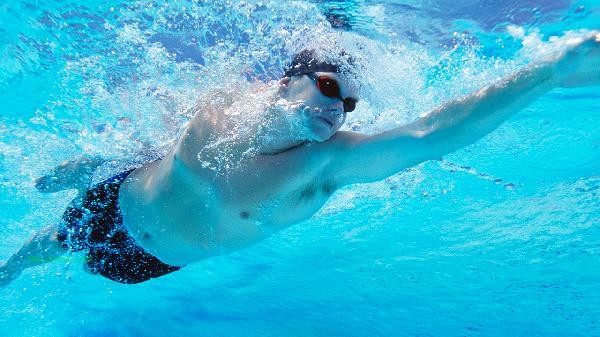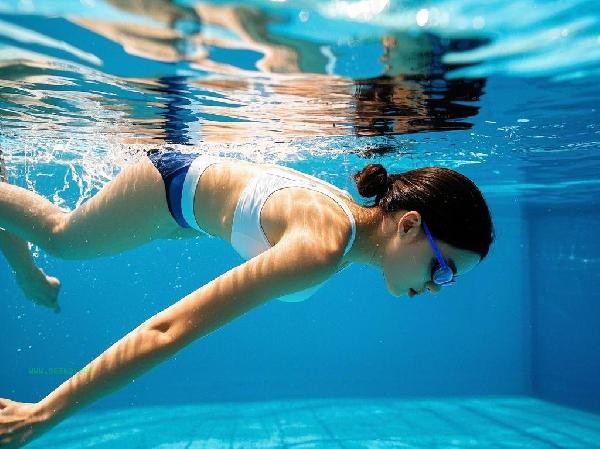Feeling tired and hungry after swimming is a normal physiological phenomenon, mainly related to increased energy expenditure, temperature regulation, and water loss. Swimming, as a systemic aerobic exercise, simultaneously mobilizes multiple muscle groups and accelerates metabolism, requiring the body to replenish energy and rest. When swimming, the resistance of water is greater than that of air, and the amount of heat consumed in the same amount of time far exceeds that of land sports. The body requires continuous energy supply to maintain core temperature, and an accelerated rate of water evaporation can lead to latent dehydration, which can exacerbate fatigue. The decrease in blood sugar levels after swimming stimulates the secretion of ghrelin, which increases appetite. Cold water environment can also accelerate the breakdown of subcutaneous fat for energy supply, further increasing the energy gap. Some individuals experiencing abnormal fatigue after swimming may be related to low blood sugar, excessive exercise intensity, or incorrect swimming posture. Incorrect ventilation methods can lead to hypoxia, excessive reliance on upper limb exertion can cause muscle compensation, and fasting swimming can induce hypoglycemic reactions, all of which can exacerbate discomfort. Patients with diabetes, anemia or poor cardiopulmonary function are more likely to have such symptoms, and exercise plans should be adjusted according to their own health conditions.

It is recommended to supplement carbohydrates in moderation, such as bananas or whole wheat bread, one hour before swimming, and avoid exercising on an empty stomach. When swimming, pay attention to controlling the intensity and use interval training to take a short break after swimming a certain distance. Timely supplement with electrolyte rich water and high-quality protein, such as low-fat milk or eggs, to help with muscle repair after finishing. Long term swimmers can regularly monitor their body fat percentage and blood routine, adjust their diet structure based on the data, and consult a nutritionist to develop personalized plans if necessary.








Comments (0)
Leave a Comment
No comments yet
Be the first to share your thoughts!